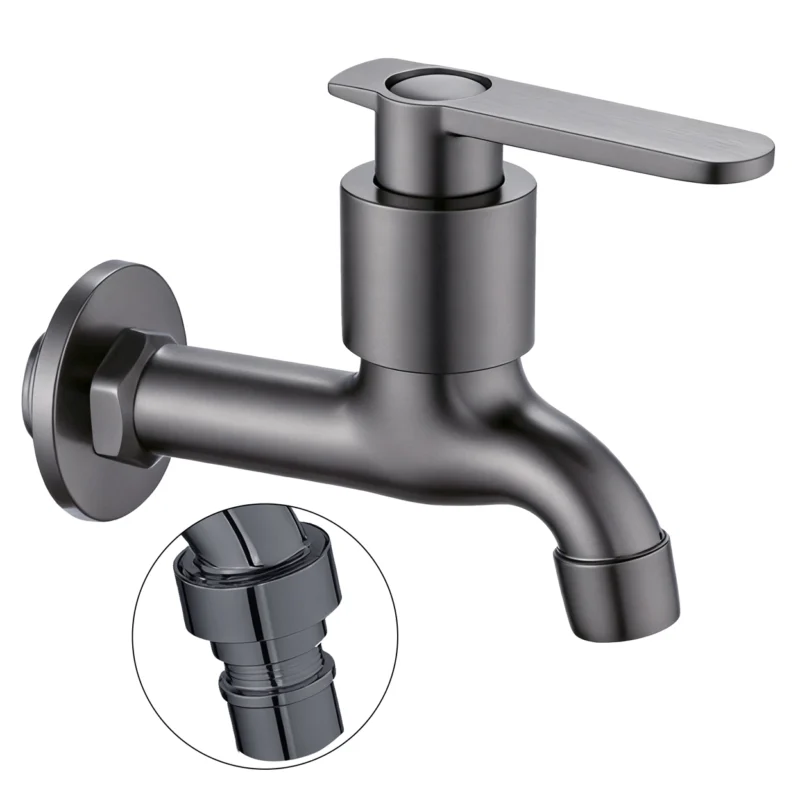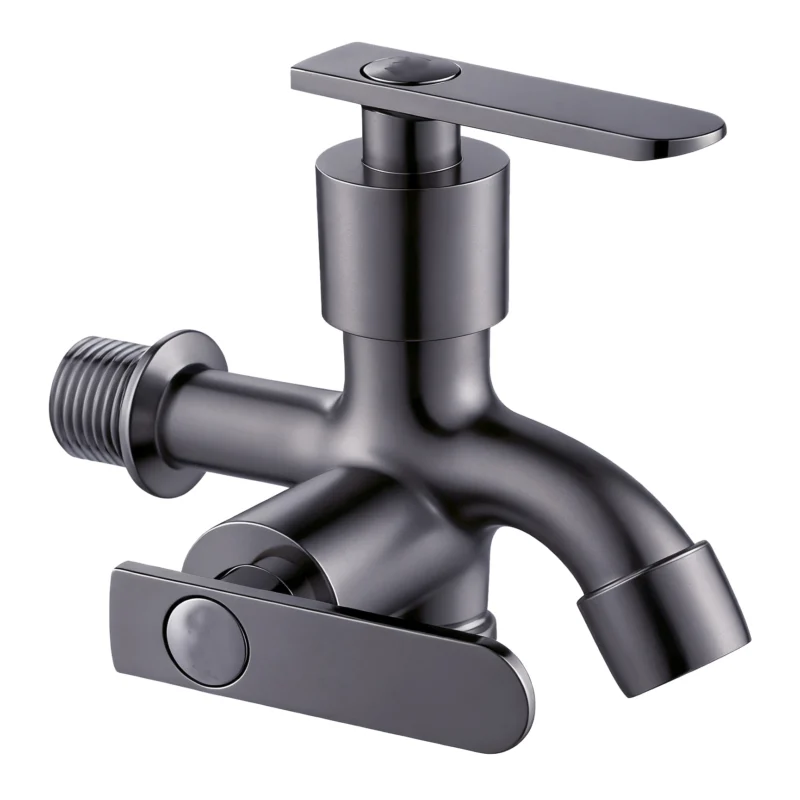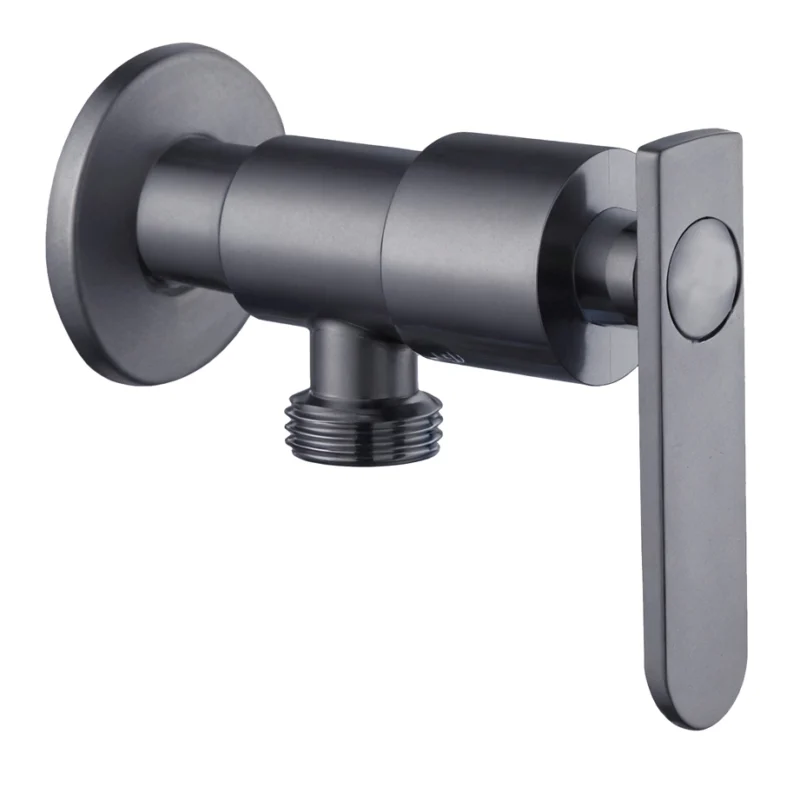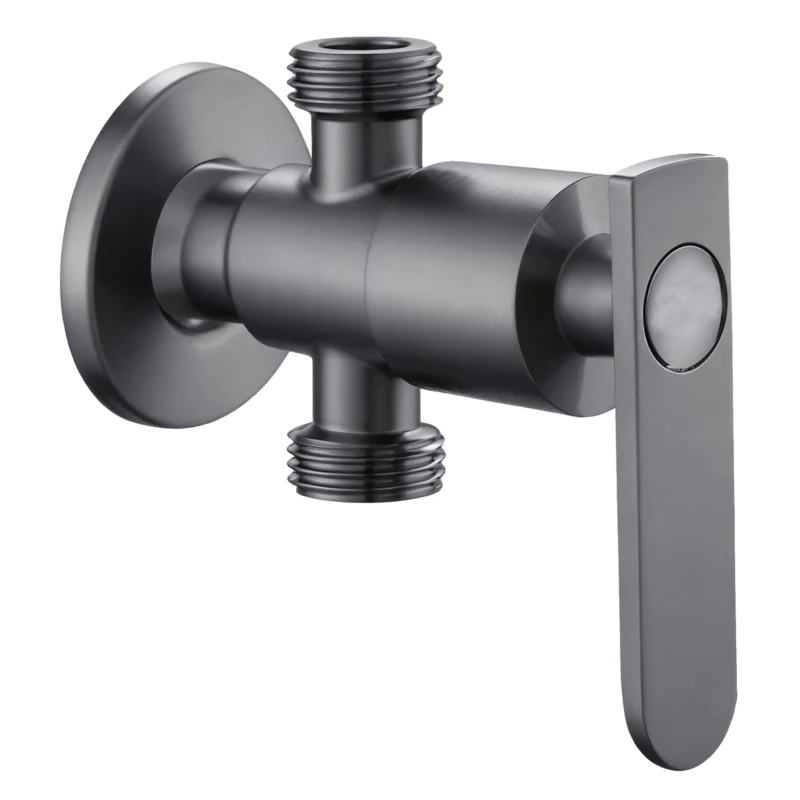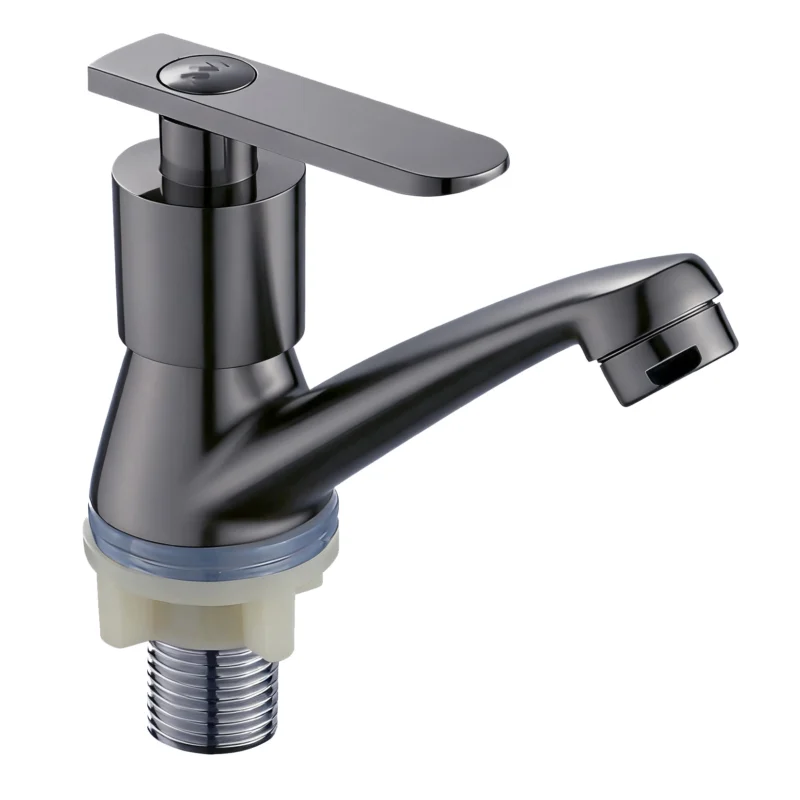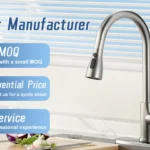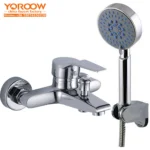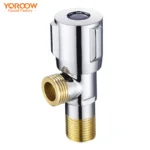During the upgrading of kitchen appliances, Küchenarmaturen Messing have gradually become the preferred choice for household and commercial kitchens, thanks to their unique metallic texture and outstanding durability. Due to the high – quality brass material, these taps possess excellent corrosion resistance, maintaining a bright metallic luster even after prolonged use. Relying on advanced production technologies and mature manufacturing processes, Chinesische Wasserhahnfabriken produce kitchen taps brass with not only simple and modern designs but also a diverse range of styles and size specifications, fully meeting the decoration styles and practical usage requirements of different kitchens. However, standardized and correct installation is crucial to ensure the stable performance of the taps. The following elaborates on the entire installation process in detail.

I. Vorsichtsmaßnahmen vor der Installation des Produkts
Meticulous preparatory work is of great importance before installing kitchen taps brass. The primary task is to confirm the compatibility between the product model and the sink. Taps produced by Chinese faucet factories usually come with detailed product parameter manuals, clearly indicating key information such as the applicable sink installation hole size and hole type (single – hole, double – hole, or three – hole), allowing users to make precise comparisons. Meanwhile, it is essential to turn off the main kitchen water valve completely to cut off the water source and prevent unexpected water leakage during installation. Additionally, carefully inventory the tap and its accessories. Common accessories include fixing nuts, sealing gaskets, and inlet pipes. If any accessories are missing, immediately communicate with the merchant for replacement to avoid delays in the installation process due to incomplete parts.
II. Erforderliche Installationswerkzeuge
As the saying goes, “A workman must first sharpen his tools if he is to do his work well.” To install kitchen taps brass, necessary tools and materials should be prepared in advance. Regarding basic tools, a wrench is indispensable, mainly used for tightening nuts and water pipe joints; a screwdriver is for handling certain fixing screws; and a tape measure can accurately measure the dimensions of the sink installation holes to ensure installation accuracy. In terms of materials, PTFE tape plays a crucial role. By wrapping it around the water pipe joints, it can significantly enhance the tightness of the connections and effectively prevent water leakage. It is worth noting that many Chinese faucet factories, aiming to improve the user experience, include a simple installation tool kit and an appropriate amount of PTFE tape in the tap packaging, providing convenience for users during installation.
III. Vorbereitungsschritte vor der Installation
Before the formal installation, completing various preparatory steps in an orderly manner is the foundation for a smooth installation. First, use a tape measure to accurately measure the diameter, quantity, and spacing of the sink installation holes, and strictly refer to the tap product instructions to ensure a perfect fit. Subsequently, thoroughly clean the sink installation holes and the surrounding area, removing all oil stains, debris, and residual sealant to create a flat and clean installation surface. Then, place the sealing gasket precisely above the sink installation hole. The gasket can effectively increase the tightness and stability of the installation, laying a solid foundation for the subsequent installation. If using taps produced by Chinese faucet factories, carefully study the installation diagrams in the product manuals to familiarize yourself in advance with the installation positions and sequences of each component.
IV. Standard-Installationsverfahren
Entering the standard installation process, the first step is to slowly pass the main body of the tap through the installation hole from above the sink. During this process, pay close attention to keeping the tap in an upright position to avoid any tilting. Under the sink, put on the sealing gasket and fixing nut in sequence. Use a wrench to tighten the fixing nut evenly by applying force diagonally, firmly installing the tap on the sink. When operating, be cautious of the force applied, as excessive force may damage the sink or the tap. After fixing the tap, proceed with the connection of the inlet pipe. Connect one end of the inlet pipe tightly to the water inlet of the tap, wrap PTFE tape evenly around the joint, and then tighten the joint with a wrench. Connect the other end to the cold water pipe in the kitchen, also ensuring a good seal. The inlet pipe interfaces of the taps produced by Chinese faucet factories generally adopt a standard specification design, which not only facilitates the connection operation but also effectively guarantees the sealing performance.
V. Gebrauchsprüfung und Inspektion Eckpunkte
After the installation is completed, it does not mark the end of the work; comprehensive usage testing and meticulous inspection are still required. First, slowly open the main kitchen water valve, and then turn on the tap switch. Closely observe whether the water flow is smooth and pay special attention to checking for any water leakage at the connection between the tap and the sink, as well as at the joints of the inlet pipe. Once water droplets are detected, immediately turn off the water valve, re – tighten the joints, or appropriately increase the number of turns of the PTFE tape wrapping. In addition, test whether the opening and closing of the tap switch are smooth and whether the rotation function operates normally to ensure a good operation experience during subsequent use of the tap.
VI. Allgemeine Installationsprobleme und Lösungen
During the installation process, some common problems may inevitably arise. If the tap is not firmly installed, it is likely that the fixing nut is not tightened properly. In this case, use a wrench to tighten it again. If the nut is tightened but the tap is still loose, check whether the sealing gasket is correctly placed or damaged, and replace it with a new one if necessary. When water leakage occurs at the joint of the inlet pipe, in addition to re – wrapping the PTFE tape to enhance the seal, carefully inspect whether the water pipe joint is damaged. If the joint is damaged, replace the water pipe in a timely manner. Reliably, most Chinese faucet factories have professional after – sales technical teams. Users can contact them at any time for professional technical support and solutions whenever they encounter complex installation problems.
VII. Sicherheitstipps und Wartungsempfehlungen
During the installation process, safety should always be the top priority. Ensure that the main kitchen water valve is in the closed state to prevent accidental water spraying due to negligence, which may cause unnecessary trouble. When using tools such as wrenches, pay attention to controlling the force and operation direction to avoid hand injuries caused by excessive force or improper operation. In daily use, regularly wipe the surface of the tap with a soft dry cloth to promptly remove water stains and dirt, helping to maintain the metallic luster of the tap. At the same time, avoid using acidic or corrosive cleaning agents to prevent damage to the coating on the tap surface. If the tap is not used for an extended period, it is recommended to turn off the main water valve and empty the water in the pipes, thus extending the service life of the tap and keeping it in good working condition.

